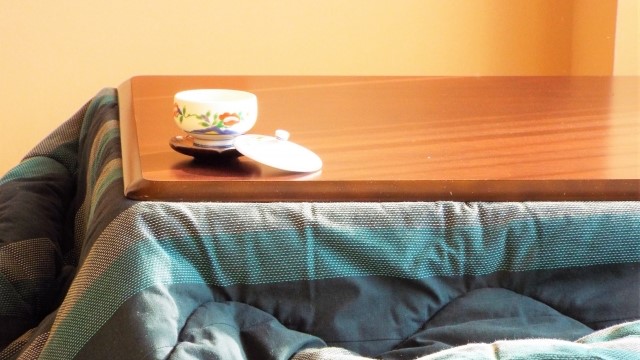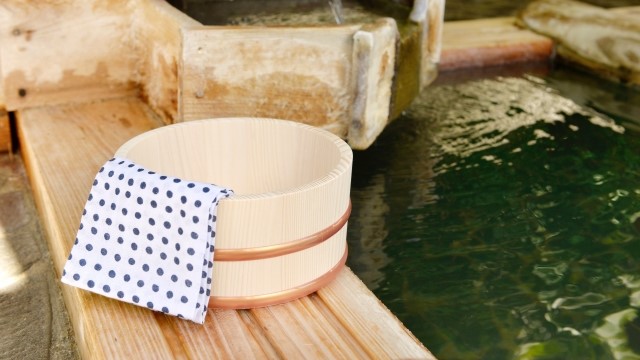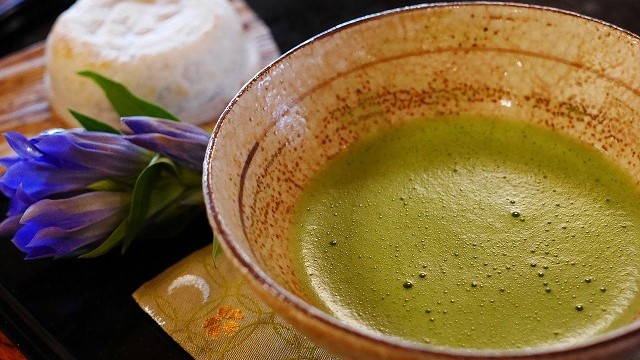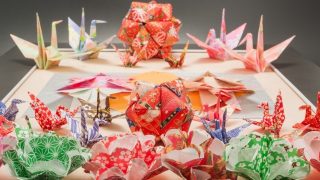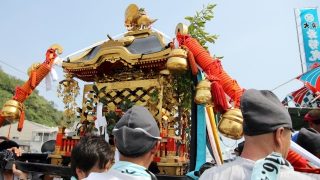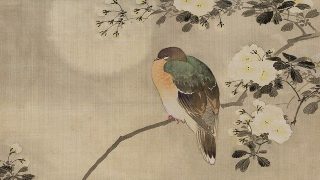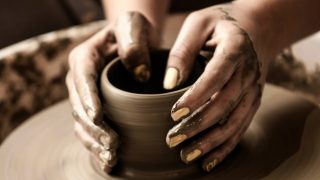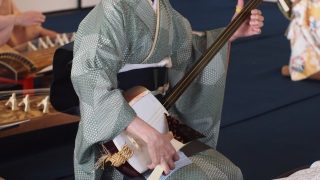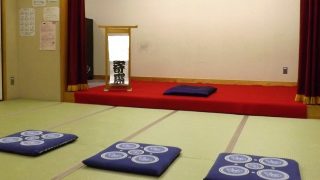About Nihonga, Japanese painting (日本画)
Nihonga, a Japanese painting, is a type of painting that follows the traditional Japanese style.
After the Meiji period, in the 1870s, paintings using Japanese techniques and styles became known as Nihonga, as opposed to Western-style paintings, Yoga (洋画), such as oil paintings that had been introduced from Europe.
Japanese paintings were painted with brushes on silk and paper, mainly using sumi ink and traditional mineral paint. The word “Nihonga” is relatively new, and its definition is often used with ambiguity.
The beginning of Nihonga, Japanese painting
Since ancient times, Japanese painting has developed by learning from the cultures of China and Korea. In the early Heian period, when the Japanese envoy to the Tang Dynasty was abolished, Yamato-e, Yamato painting, which portrays Japanese customs, was born, as opposed to Tang-e, Tang painting, which was based on Chinese paintings. Some unique Japanese works, such as picture scrolls, were also created.
Yamato-e, Yamato painting, is a term used to refer to a whole range of paintings that are mainly in the Japanese style at that time.
In the Kamakura period, paintings from the Song and Yuan dynasties in China were introduced. Among them, Suiboku-ga, ink brush painting, is called Kanga and has established a significant genre. On the other hand, Yamato painting, which depicts the seasonal scenes of Japan, was inherited by the Tosa style and reached its peak of prosperity. This was followed by the Kanoha style, combining ink brush and Yamato painting techniques. The Rinpa style, which used Yamato painting techniques to create a decorative painting style, was also born.
When the technique of oil painting was introduced from Western Europe and “Western-style painting,” Yoga (洋画), was born in the Meiji period (1868-1912), the paintings using traditional mineral paint came to be called “Japanese painting,” Nihonga. From China to the West, Japanese painting has developed in its own way while being influenced by various influences.
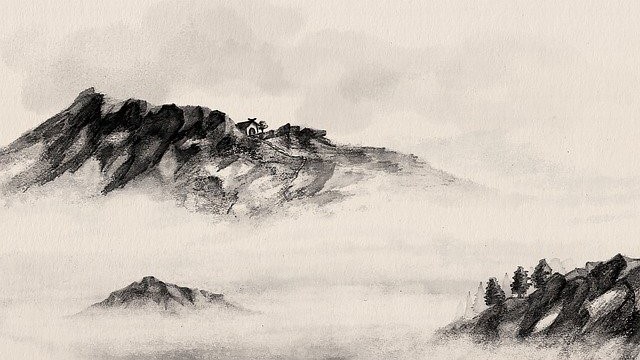
Characteristics of Japanese painting
The word “Nihonga” was first explained in a lecture by the American art researcher Fenollosa in 1882. In this lecture, Fenollosa pointed out the following features of Japanese painting and rated them as outstanding.
1. Don’t chase the real thing like a photograph.
2. No shading.
3. there is an outline.
4. The color tone is pale.
5. The expression is simple.
It can be explained that Western painting has the characteristic of realism, while Japanese painting depicts emotion.
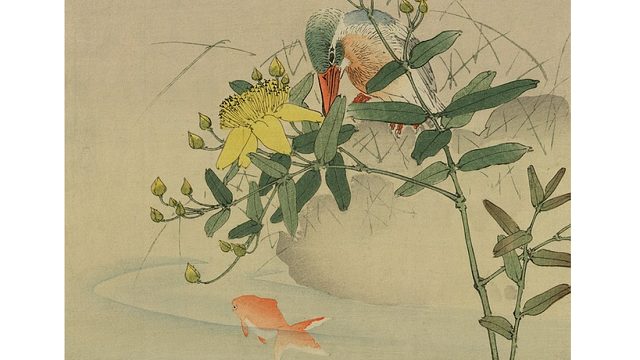
What is Japanese painting and Western style painting? What’s the difference?
In conclusion, there is no doubt that Japanese and Western-style paintings exist in Japan. However, the line between Japanese and Western painting styles has been extremely vague since the birth of the two.
First, let’s get the basics straight. Japanese people paint both Japanese paintings and Western-style paintings.
These two words, Western-style painting and Japanese painting, were created in the Meiji era (1868-1912). When the isolation of Japan was broken, and exchange with Europe began in earnest, people began to paint in Japan using Western art techniques. These paintings are painted using oil and watercolors, which are shaded to create a three-dimensional effect. These paintings were called Western-style paintings.
Nihonga, Japanese painting, then, is a gradual fusion of Kanga (Chinese style paintings), Yamato painting (traditional Japanese paintings), and Ukiyo-e, which had been painted in Japan up to that time, with the influence of Western-style paintings, to form a single stream. It can be said that the word “Nihonga” was born in the Meiji period in contrast to Western-style painting.
However, in front of the actual painting, we wondered if it was a Western-style painting or a Japanese painting. It can be perplexing. For example, beauty paintings and flower and bird paintings painted using traditional painting materials such as sumi ink, rock paints, silk cloth, and Japanese paper are Japanese paintings.
Also, if the oil painting follows the classical Western way of painting, it is a Western-style painting and can be clearly differentiated, and there is no problem.
However, some paintings are almost indistinguishable in terms of both the materials used and the content of the painting. For example, contemporary Japanese painting uses traditional painting materials, fluorescent paints, and canvases. It is no different from Western-style paintings in that they depict urban landscapes and the mental images of modern people.
This problem is not a recent one at all. It’s a problem that has been going on since shortly after the birth of the terms Japanese and Western painting. As long as painters live in Japan, there is no way that Western-style painters are not influenced by the traditional paintings that are familiar to them. On the other hand, Japanese painters do not always paint only in the traditional way. Japanese painters absorbed a great deal of Western art techniques, and the content of their paintings reflected the spirit of the times in which they were living.
As a result, by the Meiji period, there was already some discussion that the lines between Japanese and Western-style paintings had been getting fuzzy.
Some contemporary art competitions do not distinguish between Japanese and Western-style paintings but accept them as “paintings” and lump them together.
There is no doubt that Japanese and Western-style paintings exist in Japan. However, the line between Japanese and Western painting styles has been extremely vague since the birth of the two.




